A Closer Look at Central Oregon’s Industrial Market
Two Compass Commercial specialists on how evolving space needs influence development decisions.
After a post-pandemic surge in both demand and development, Central Oregon’s industrial market is now finding its balance. Vacancy in Bend and Redmond hovered between 3.5 percent and 4.0 percent in the first quarter, according to Compass Commercial Real Estate Services’ latest market report, with demand holding steady, particularly for smaller spaces.
Blending brokerage expertise with development insight across a range of industrial projects, Compass is an active player in this growing regional market. So we asked Dan Kemp, vice president, partner & principal broker, to weigh in on trends in Central Oregon’s industrial market, and share his views on what tenants are looking for. Broker Grant Schultz also joined to conversation to provide details about Compass’ latest moves in the area.

How would you describe industrial demand in Central Oregon today? Are there any notable trends in tenant profiles or space requirements?
Kemp: Demand has cooled compared to post-pandemic peaks. Net absorption over the past 12 months was negative and vacancy has risen to 3.3 percent from the historical 10-year average of 2.3 percent.
Despite this, the market remains fundamentally healthy, with a diverse mix of local manufacturers, trades, logistics and value-added distributors driving demand. We’re seeing growing interest in smaller, flexible units under 10,000 square feet, and a steady increase in users needing high power, grade-level loading and excess land for storage.
With vacancy rates on the rise, how many of the industrial projects currently being built are speculative developments?
Kemp: In Central Oregon, 94.9 percent of the 443,000 square feet currently under construction is pre-leased, indicating developers are largely opting for tenant-driven or pre-committed projects. Given the uptick in local vacancy and national economic headwinds, most groups are cautious on spec, particularly for larger footprints. However, limited small-bay industrial supply still justifies spec in select areas with pent-up demand and limited land constraints.
Tell us a bit about the type of tenants driving industrial leasing activity in the market today.
Kemp: The market remains local-user dominant. Many recent leases—such as the 10,560 square feet to Total Home Solutions on Brinson Boulevard, or the 4,446 square feet on Old Deschutes Road—were Central Oregon-based firms. That said, regional tenants like EquipmentShare and Crescent Electric have entered via selective lease-ups in 2025, showing that national players are still entering the market.
Are there any areas where industrial expansion is becoming more challenging?
Kemp: Yes, West Bend is facing constraints due to limited zoned land and proximity to urban growth boundaries or National Forest land. Infrastructure gaps, such as incomplete water/sewer or power upgrades, also challenge speculative construction in certain tracts east of Bend and in areas throughout Redmond as well.
Speaking of speculative construction in Bend, you’re currently working on the NOCO project in that area, together with developer Taylor Brooks. Tell us more about this collaboration, and the development’s design and layout.

Schultz: When Taylor Brooks first approached us with interest in a speculative industrial development, we recommended focusing on large yet flexible industrial buildings. The goal was to create space that could serve both national industrial tenants—whose demand has increased significantly since the pandemic—and regional tenants seeking high-quality space in a growing market.
By designing buildings over 10,000 square feet, the project is well-positioned to accommodate larger users while also allowing for demising to suit smaller tenants. This flexibility is key in meeting the diverse and evolving industrial needs of Central Oregon. We also encouraged the inclusion of dock-high loading and semi-truck access—features that remain rare in Central Oregon but are essential to meeting the expectations of logistics and distribution users.
As for location, Juniper Ridge on the north end of Bend offers excellent proximity to Highway 97, providing convenient access to all areas of Central Oregon. This makes the development particularly attractive for companies requiring regional distribution capabilities and ease of transportation.
Recently, you also repositioned the Murray Road Industrial Center from a single-tenant to a multi-tenant facility. What did that experience reveal about what’s in demand today?
Kemp: It highlighted that modularity is key. We learned that multi-tenant conversions must prioritize individual utility metering, separate entries, shared loading docks and flexible demising walls. The repositioning tapped into demand from local and regional trades looking for 5,000 to 20,000 square feet.
Can you share details about a recent project where zoning, entitlements, or site layout required creative problem-solving?
Kemp: A recent project that required creative problem-solving was our work with Heart of Oregon Corps on the purchase of their property from the Opportunity Foundation for the development of a new central campus. The transaction involved navigating several complex entitlement issues, including a property partition to carve out the specific site needed for the Heart of Oregon Corps’ use.
Additionally, we collaborated closely with the City of Redmond to establish a deferred improvement agreement, allowing certain infrastructure improvements to be postponed while still meeting municipal requirements for the partition. Coordinating these elements required a thoughtful, solutions-oriented approach to ensure both parties could meet their goals within the framework of local zoning and development codes.
READ ALSO: Top 10 Emerging Industrial Markets
What are some features that industrial tenants look for in the region?
Kemp: We’re seeing consistent demand for grade-level roll-up doors with 12 to 16 feet of clearance, three-phase power and clear heights in the 18- to 24-foot range. Secure yard space has also become a top priority. In newer developments, features like ESFR sprinklers and energy-efficient heating systems are increasingly expected, especially given the region’s colder months.
How does your dual role as both broker and builder help you stay ahead of market trends?
Kemp: It allows for real-time feedback loops. As a broker, I’m constantly engaging with users and their evolving space needs. As a builder, we can quickly translate that into design decisions, lease-up strategies, cost analysis or timing considerations. It helps ensure that we are able to handle that all under one umbrella and that the communication is seamless.

Where do you see the biggest opportunities for new industrial development in Central Oregon moving forward?
Kemp: Northeast Bend and North Redmond are emerging as key industrial submarkets in Central Oregon, each offering unique opportunities and challenges. Northeast Bend benefits from strategic access to Highway 97 and Cooley Road, making it attractive for logistics and service-based users, but much of the area’s industrial inventory is aging and lacks modern features like higher clear heights, upgraded power, and efficient loading. In contrast, North Redmond offers larger, more affordable industrial-zoned parcels near Highway 97 and Roberts Field Airport, making it ideal for distribution and regional logistics.
South Redmond and the Cooley Road corridor in Bend are two of the most promising areas for future industrial development, thanks to their combination of new infrastructure and availability of large, development-ready parcels. These locations are well-suited for phased business park projects that can accommodate a range of tenant sizes and uses, including manufacturing, distribution and flex space.

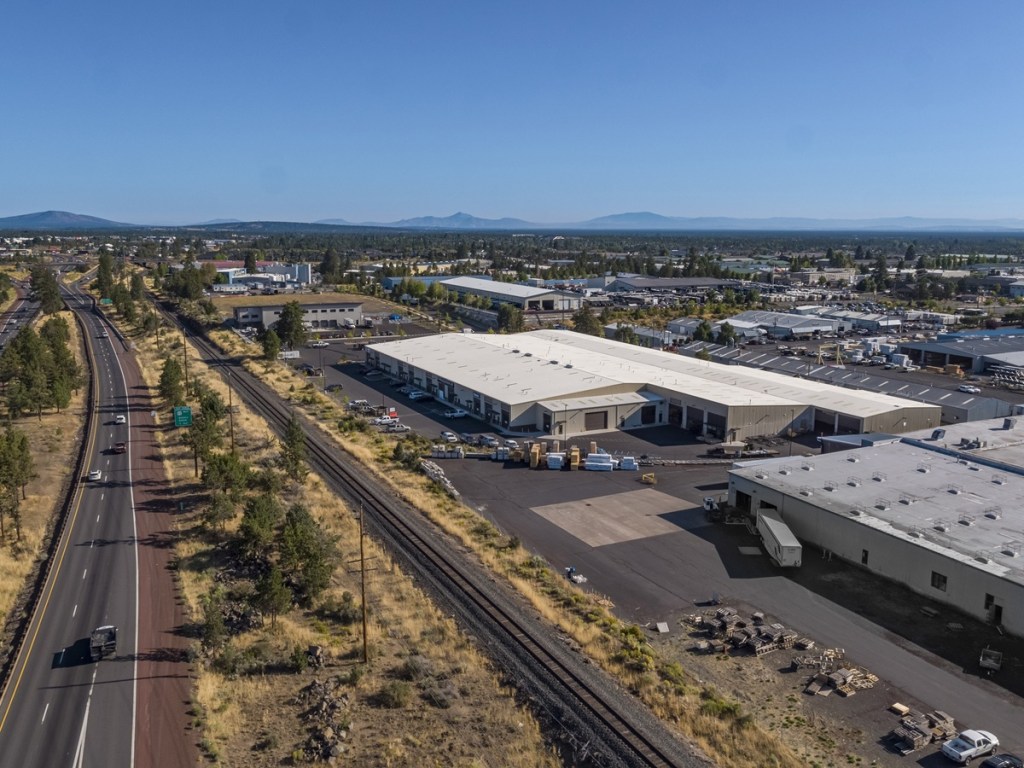
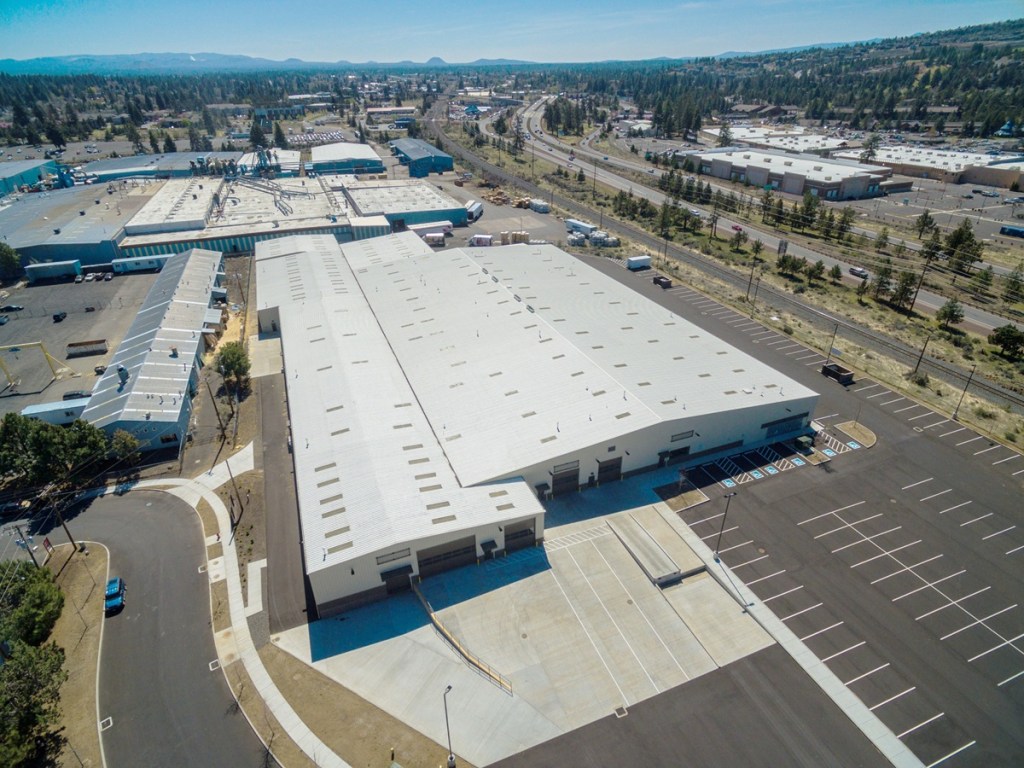
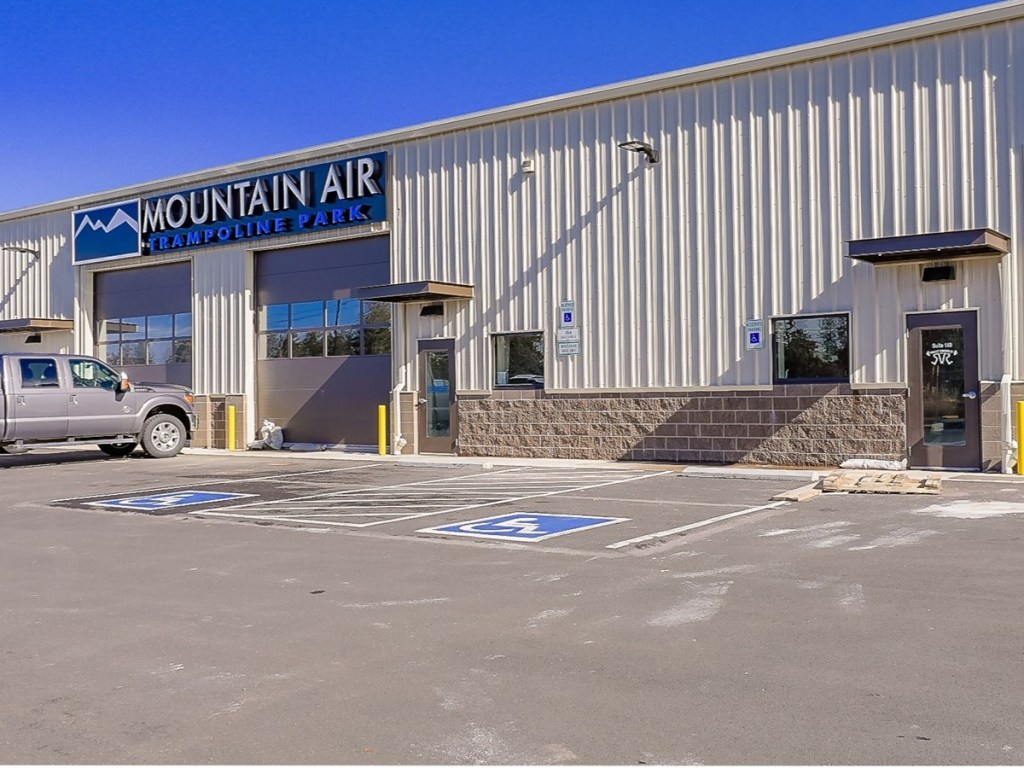

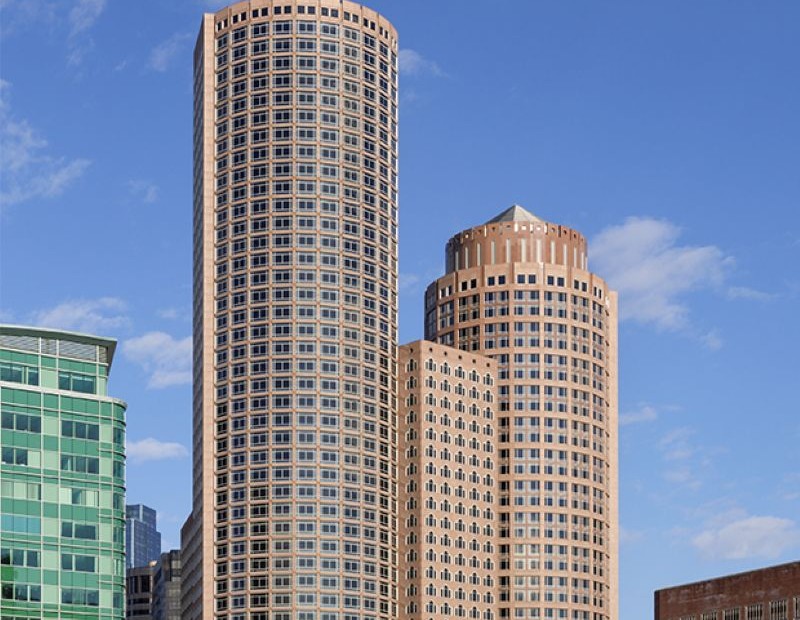
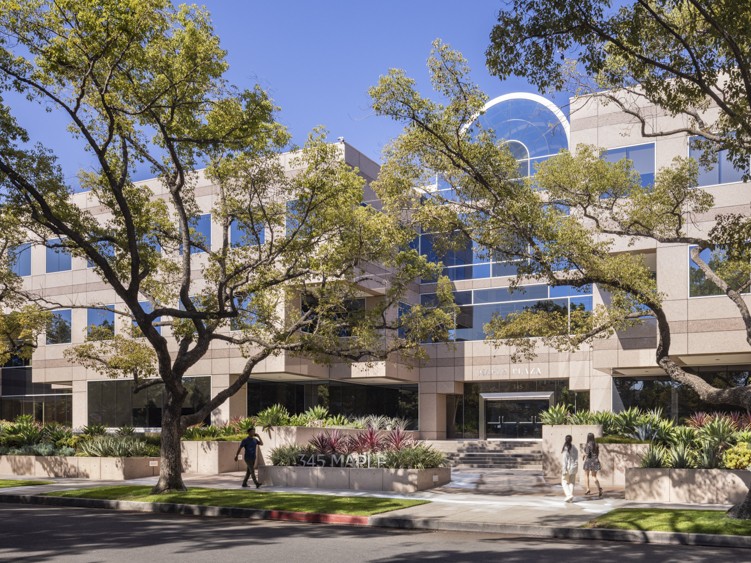
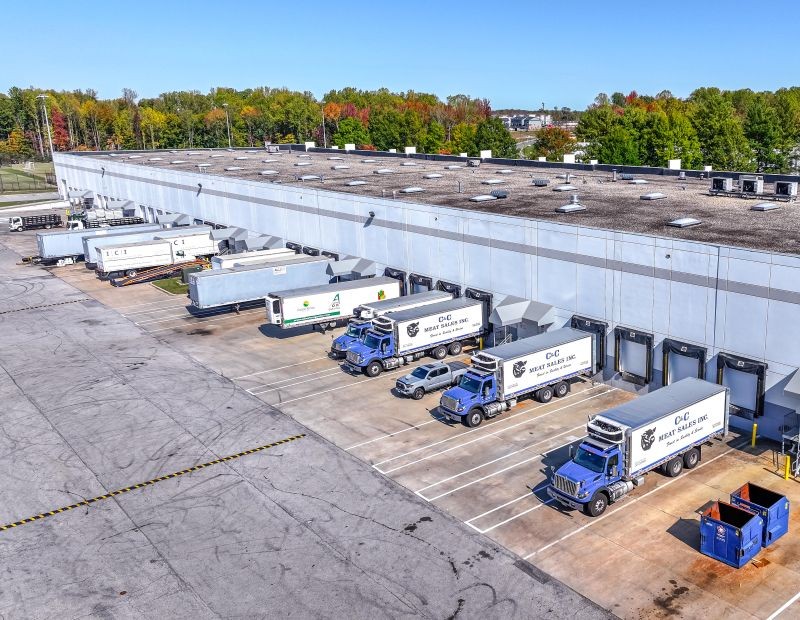
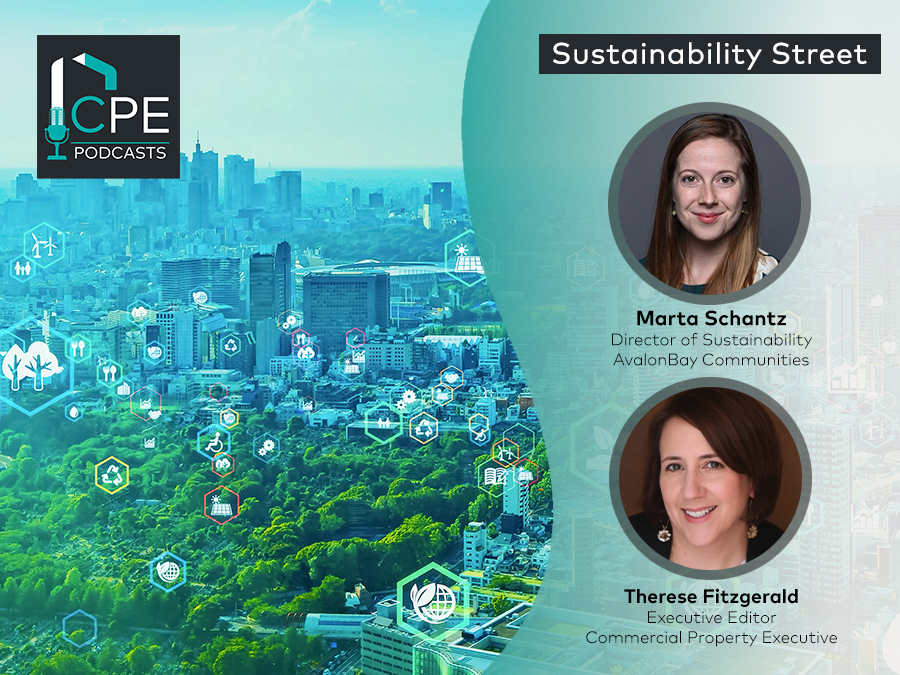
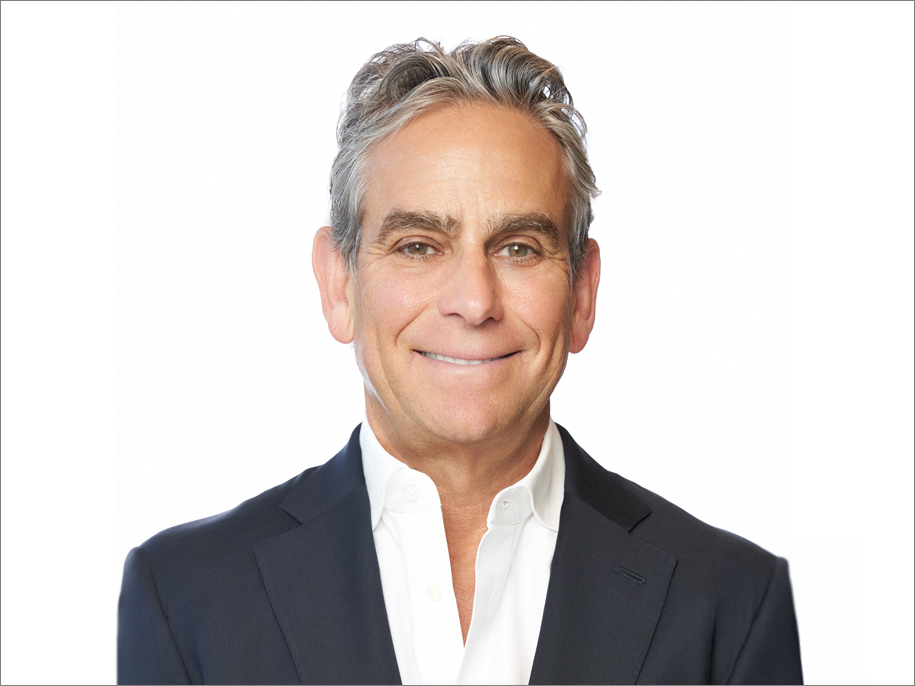
You must be logged in to post a comment.